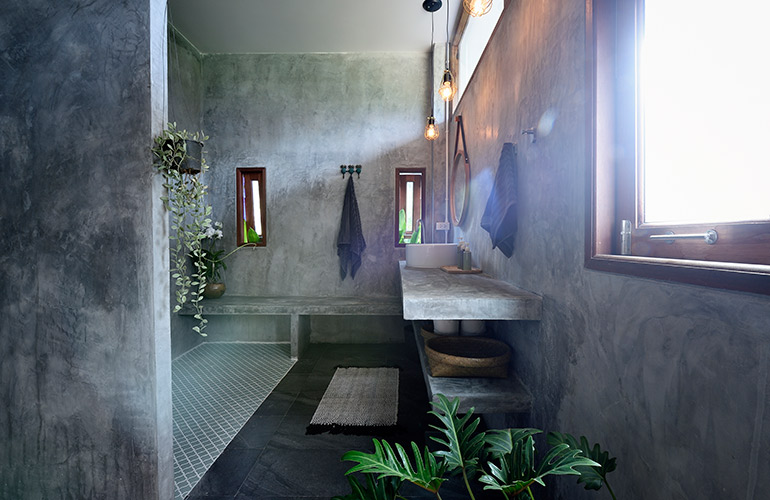Bathroom renovation guide

It’s usually one of the smallest rooms in the home, but a bathroom renovation can be a big deal, as well as costly.
First decide if a complete overhaul is needed, or if a refresh and repaint would suffice. There are many great products on the market to paint tiles and enamel, which can serve as a good interim solution if the budget is tight.
Improvements such as re-grouting tiles, deep-cleaning and replacing fixtures can give a tired bathroom a facelift, but if it’s time for a full reno, plan ahead with this eight-point guide.
Draw up plans

Ensure you take the time to research what is achievable and what kind of bathroom is going to work best for you.
The internet is a great source of inspiration, and most of the big bathroom suppliers have online galleries and catalogues.
Draw up initial plans, as this helps you get your ideas onto paper. It also makes it easier for the tradies and contractors to submit detailed cost proposals and avoids confusion on site when it comes to executing the works.
Be sure to follow these 10 bathroom design rules.
You can pay to have plans drawn up or try an app such as SketchUp, which is designed to make the planning process easy.
If structural work is involved, you’ll need a licensed builder or architect to draw up plans.
Work out costs

Now you know what you want, you need to shop around and work out how much it’s going to cost.
The costs fall into two groups. One is fixtures, fittings and materials, and the other is tradies and contractors.
Don’t underestimate the time you will need to choose all the elements – tile selection alone can take the best part of a weekend.
Here are 6 ideas on how to create a luxury bathroom for less.
Call the tradies you’re going to need and obtain initial quotes.
A plumber, electrician and waterproofer are essential, and depending on what you plan to DIY, you may need to factor in a tiler, plasterer, builder and painter.







